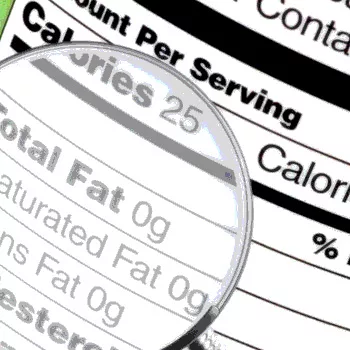GMO Labels: Win, Lose or Draw?

A large number of Americans claim to want genetically modified organism (GMO) labeling on the food they buy. In the face of Congress’ years-long inability to put together any type of GMO legislation, states began taking matters into their own hands. Newly passed state referendums imposing a variety of GMO labeling requirements began to create a patchwork of legislation that would make it extremely difficult for manufacturers to distribute food products in multiple states without running into legislative inconsistencies. Such inconsistencies could inflate costs for labeling and distribution. The Grocery Manufacturers Association, together with others, pushed Congress to finally put some type of GMO labeling laws together that would apply consistent rules across the board by preempting all state laws on the subject. The result is legislation, now in the final stages of approval, which will likely make no one happy.
On July 7, 2016, the Senate voted 63–30 to approve what it calls a compromise bill. The bill is expected to gain easy House approval and be signed into law by the president. Proponents of GMO labeling, primarily the natural and organic industry, and some consumer groups, claim that the Senate bill is no compromise but instead was masterminded by the GMO industry itself. And while GMO information is required to be provided to consumers, the means by which this is to occur under the bill is more than a bit amusing. Unlike the exhaustive labeling requirements of the menu labeling laws and nutrition labeling on packages, GMO labeling will be difficult if not impossible to find or decipher.
As a preliminary question, what exactly is a GMO product? The bill provides some parameters. For example, GMO products that contain added genetically engineered elements are clearly covered. But the bill leaves out products that have had genes removed during the manufacturing process. Many foods begin with a GMO food, and during the manufacturing process, the modified portion is removed. Is this GMO food now non-GMO? The answer will be up to the U.S. Department of Agriculture (USDA). The fact that USDA is the one making the call has raised objections by the U.S. Food and Drug Administration. But as it has been from the beginning, what constitutes a genetically modified food is a much-disputed question and is not wholly clarified by the new law.
The second-most disputed question is whether there actually are any adverse health effects from GMO foods. They can clearly be more environmentally friendly than conventional agriculture. Regardless of your opinion of the risks or benefits of GMOs, we have entered a phase in the food industry where we promote a consumer’s right to know the details of what they’re eating and to choose for themselves. But looking back again at the Senate’s compromise bill, it’s unlikely that the consumer will learn much, absent extraordinary effort.
If a food is deemed to have GMO ingredients, the food manufacturer must “alert” consumers using one of three types of labels:
1. A written statement on the package
2. A link to a website or a phone number to call to ask about the food product
3. A quick response code that can be scanned by a smartphone to look up information about the food product
And to add irony upon irony, there are no penalties or fines imposed for noncompliance.
Opponents to the bill argue that only clear statements on the label really advise a consumer whether the contents of a product contain GMOs. But proponents argue that given the widespread disagreement of what constitutes a GMO, such details could not all be included on a label and referral to a website can provide more information. Given the significant disagreement on the threshold scientific issues, it is no wonder that what appears will become the first federal GMO bill is nothing more than the pretense of an effort.
Kathy Hardee, Esq., is co-chair of the Food & Agriculture Industry Group at Polsinelli, PC, which is composed of a team of attorneys from every legal practice area and who each have a focused background in the food industry.
Looking for quick answers on food safety topics?
Try Ask FSM, our new smart AI search tool.
Ask FSM →






